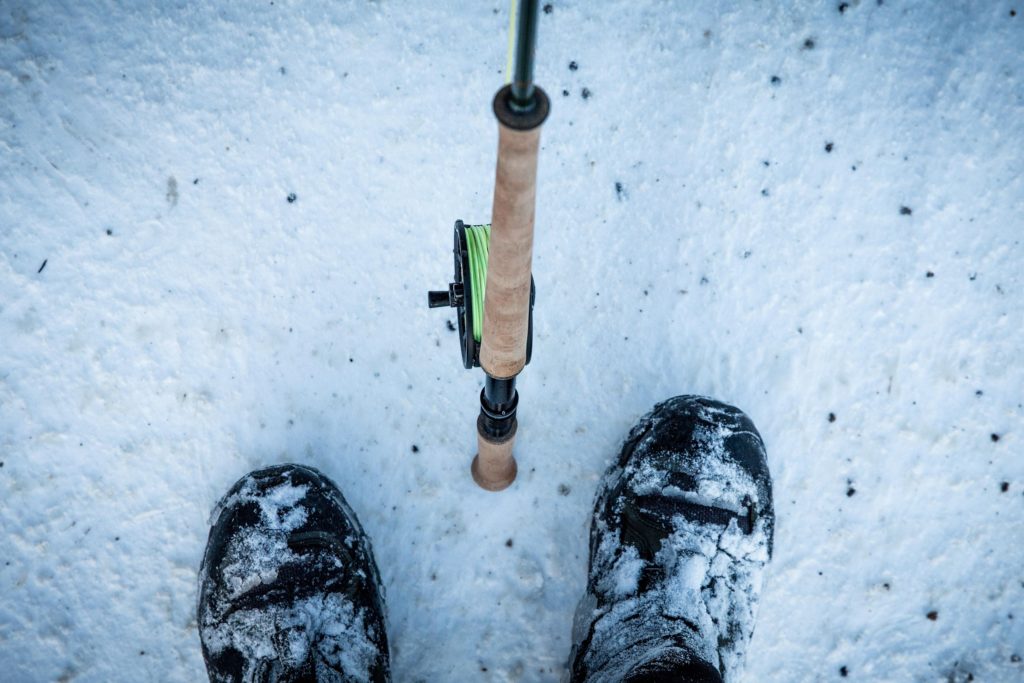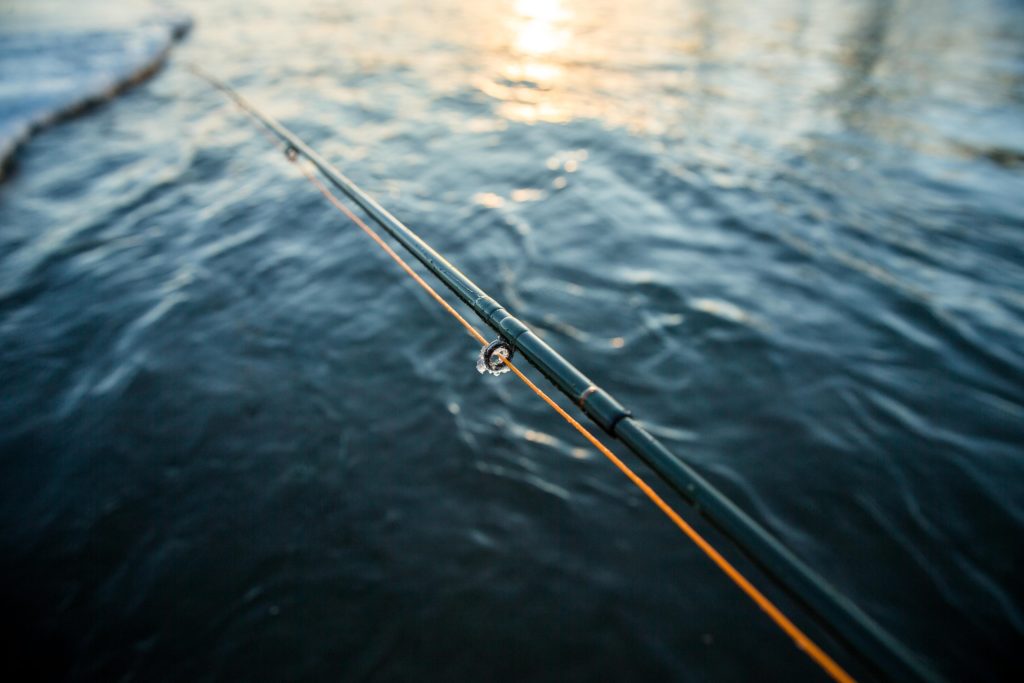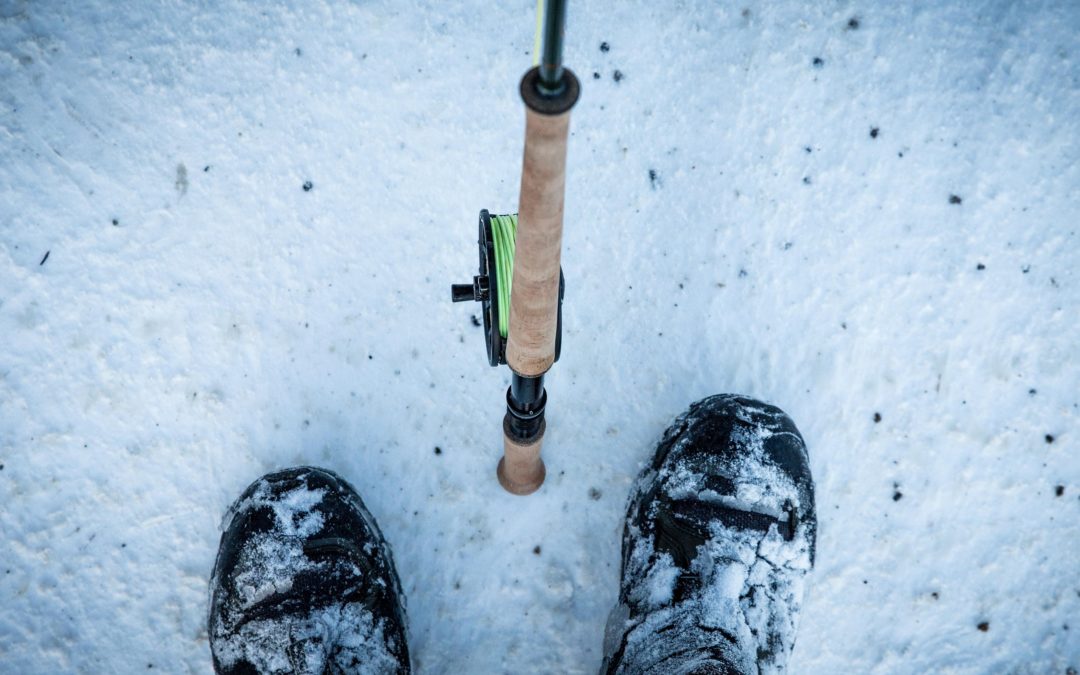
Winter sets in, guides ice up and boredom becomes a reality. For those of you who live in a 365-day angling season, I’m jealous. With a two-week cold snap of -40°C just passing, the river has narrowed, ice shelves have nearly met in the middle and there’s few possible ways to safely fish the river. Or at least keep fish in healthy condition after being exposed to frigid air temps. I began to investigate what impacts I would have on fish survival as it warms to -10°C (14°F, forgive me I’m Canadian) or so and it seems that while I could probably catch a fish or two, they probably wouldn’t fare so well. Let me bore you with some of the scientific research that I was able to find:
Research shows that there are high mortality rates after air exposures as little as 30 – 60 seconds (Ferguson and Tufts, 1992) in rainbow trout that were “exercised to exhaustion”. Now if we combine that with the sensitivity of gill filaments to cold temperatures, the mortality rate grows higher. Gill filaments at temperatures below freezing will cool 5 – 10°C in 1 – 2 seconds (Booth, J. 1978). The issue with freezing gill filaments is that it affects the blood flow and gas exchange within the body. With air exposure the gill lamellae are already collapsing, reducing gas exchange allowing carbon dioxide levels to increase and blood pH to decrease (Cook et al, 2015). In addition to the collapse of essential components within the gill, temperature decrease leads to freezing and damage due to crystallization of blood or the water component of the blood.

With some of the science considered and the chance that I wouldn’t be able to land, unhook, and release a fish without possibly having to remove it from the water, it made think a bit about my choice. Winter has gotten the best of me before and I’ve ventured out to see what I can find, now I may reconsider my choice a little and ensure that I have the right tools to fish as ethically as possible if I do get out. Some of the gear that may reduce our impacts on fish in colder weather include the right landing nets so we can work at removing a fly while the fish remains underwater (might be cold as s**t for us, but healthier for the fish), hook removal tools, the right gloves keeping our hands warm and dry while getting wet unhooking fish, and barbless hooks. Winter fishing can be fun and super productive, but it could potentially be harmful to our fish stocks. Let’s fish as responsibly as possible and keep them in the water when the mercury drops. After all, the point of catch & release fishing is for the fish to live to be caught again!

~ Echo Pro Team member Zach Southgate has been fishing the waters of western Canada since he was a child. He has guided everything from small mountain trout streams to giant pike in the Great White Canadian north. Every bit of his free time is spent outside hunting, fishing, hiking or taking photos. Currently Zach is studying Ecosystem Management at Lethbridge College in the off-season, as well as turning out flies for friends and guiding.

Recent Comments